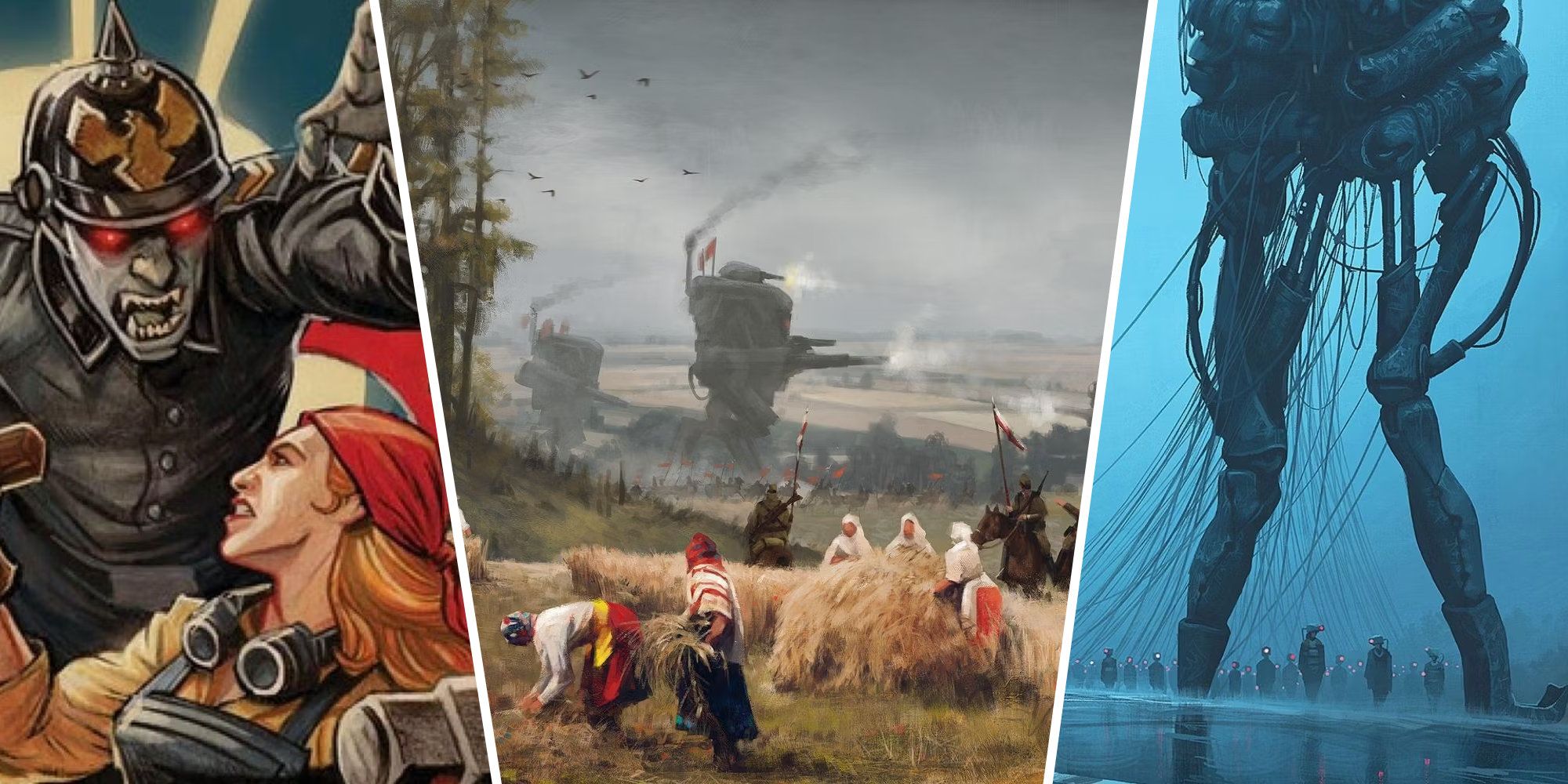Beginnings
When Gary Gygax and Dave Arneson published Dungeons & Dragons in 1974, they launched a new genre of tabletop gaming. Tabletop roleplaying games, or RPGs, allow players to create characters and go on adventures limited only by their imaginations. While D&D defined many tropes that continue in today's RPGs, the genre has diversified into a variety of new systems and settings.
D&D popularized several concepts integral to most RPGs. Players take on the role of a character described by attributes like strength, intelligence, and charisma. A Dungeon Master guides players through an adventure, describing scenarios and playing the roles of non-player characters. Dice help determine the outcomes of risky actions and combat.
D&D also established the genre's early fantasy tropes. Players encounter monsters from myth, like orcs, goblins, and dragons. Magical spells and enchanted weapons are common. Parties brave dangers in dungeons filled with traps and riddles. The familiar fantasy elements make the complex game mechanics accessible to new players.
By the late 70s, the RPG genre began diversifying. RuneQuest (1978) introduced more flexible character creation and an emphasis on skills rather than character levels. Traveller (1977) took the space opera subgenre into tabletop form, with intricate rules for starship operations and interstellar trade. Call of Cthulhu (1981) focused on investigation and mystery in 1920s H.P. Lovecraft-inspired horror.
Second Wave
A "second wave" of RPGs in the 1990s emphasized narrative, character, and relationships. Vampire: The Masquerade (1991) became a phenomenon, inviting players into a world of sinister political intrigue where they grappled with the curse of vampirism. Amber Diceless Roleplaying (1991) removed dice and stats in favor of creative storytelling.
Modern Classics
In the 2000s and 2010s, independent RPGs flourished by crowdfunding and digital distribution. Some modern classics include:
• Dogs in the Vineyard (2004): Players are "God's Watchdogs" in a fantasy American West, negotiating morality and beliefs. It uses dice and poker hands for resolution.
• Fiasco (2009): Inspired by caper films, this GM-less game creates darkly humorous tales of ambition and poor impulse control. Dice help determine how botched heists and doomed relationships unravel.
• Apocalypse World (2010): This post-apocalyptic game defined the "Powered by the Apocalypse" design, using simple rules that encourage storytelling. It inspired dozens of hacks in various genres.
• Fate Core (2013): This generic RPG system relies on simple rules that put story first. Players shape the world and their characters by determining details about their aspects, skills, and relationships.
• Blades in the Dark (2017): Players are members of criminal crews in a haunted industrial city. Flashbacks, progress clocks, and free-form scores make for tense heists and haunting tales of ambition, betrayal, and the supernatural.
While D&D still reigns as the world's most popular tabletop RPG, the genre has blossomed into a diverse array of systems and settings. Whether you prefer pulse-pounding heists, gothic political dramas, or space opera adventures, there's a tabletop RPG tailored to any genre or style of play. Today's golden age offers an embarrassment of dice for roleplayers of all interests.
The next time your gaming group gathers, consider rolling a different set of dice. Who knows what stories may unfold? The only limit is your imagination.

Comments
Post a Comment